While yesterday’s tea’s origins are not very well known, today’s tea’s source is obvious. I got it from Phyll, who in addition to blogging just helped organized the puerh tasting that happened in Pasadena a month ago, and also helps write (and edit?) TChing and moderates (?) Winexiles. A busy man. 🙂
Unfortunately, however, I got this tea more than a year ago. That itself is not a big problem. The problem is it was labeled simply as “1”. Nothing more. I think there was an email as well as a little note of paper that came with the package, telling me what they were (there were 1, 2, 3, 4, and I think I drank two before I left for China). I asked Phyll today, who couldn’t recall off the top of his head. So… it’s a guessing game.
So this is the tea
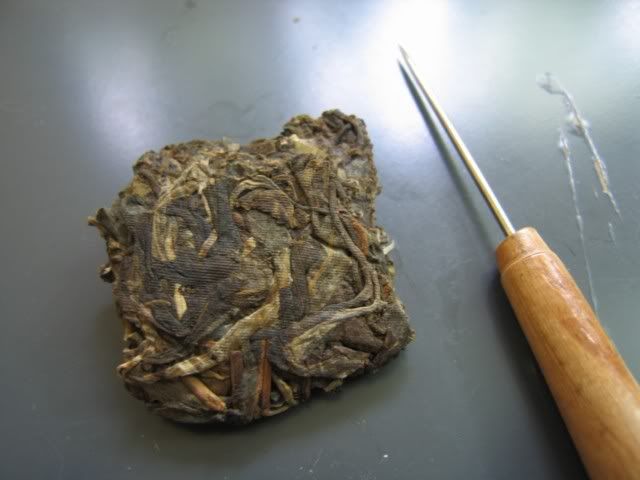
A closer shot of the other side
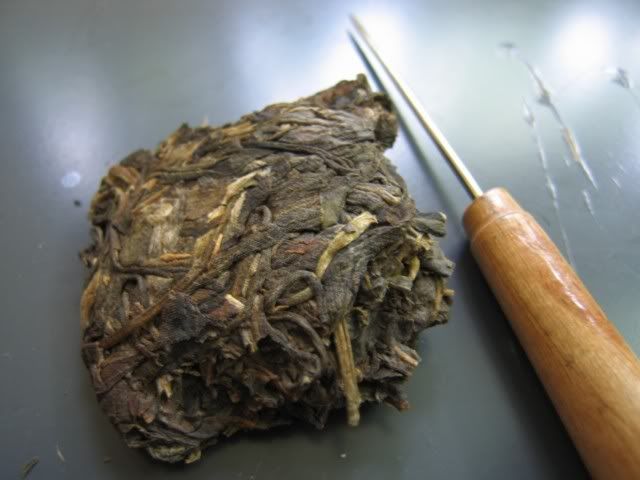
I used half the leaves, which might have been a tad low on the leaves, but I didn’t want to overstuff my pot again like the last two times. The tea is obviously a little aged — maybe 2-4 years? It’s lost some of the initial harshness, and some of the bitterness is gone. Now the tea is not too bitter, instead it comes through with a minty type of stimulation on the back of the throat and a muted sense of fruity taste. It’s slightly similar to the Mengku Rongsi 2005 mini bing that I tried a few days ago, but different. This one’s definitely less bitter, but that’s not saying a lot. It’s also less astringent. It’s hard to say which one’s more powerful, as the amount of leaves used was quite different so it is difficult to judge. This tea does taste like a plantation tea, but it is not difficult to drink. In fact, given the amount I used today, I think anybody can enjoy this cup.
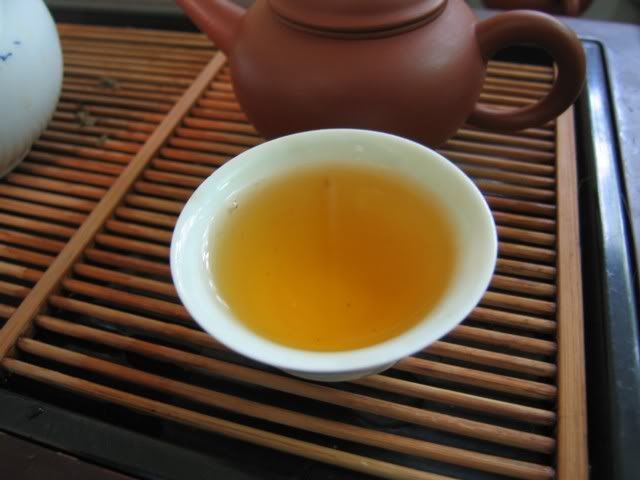
I would wait a few more years before doing so though, because I think this can get better. Later infusions yielded a nice sweet water without being too bland. It held up well enough to keep things interesting. I don’t think it is particularly complex a tea, but again, I probably didn’t put quite enough leaves in there. Had I thrown in the whole piece, however, it would have been far too much.
The wet leaves look mostly big
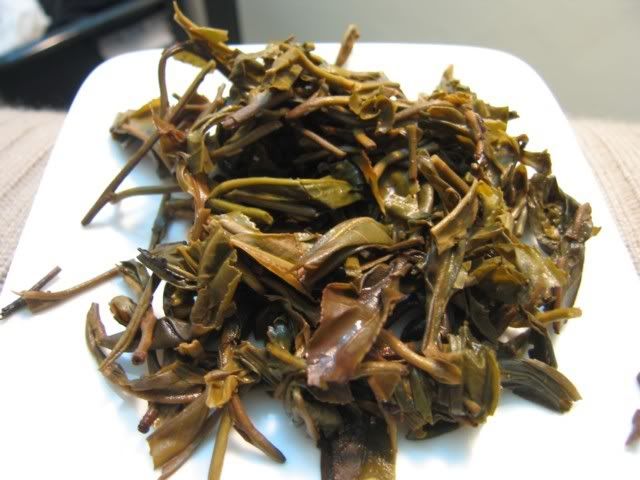
But among them are tiny buds as well. The leaves in general don’t look or feel like spring tea. There’s a certain stiffness to some of them.
So… does this jog your memory at all, Phyll?


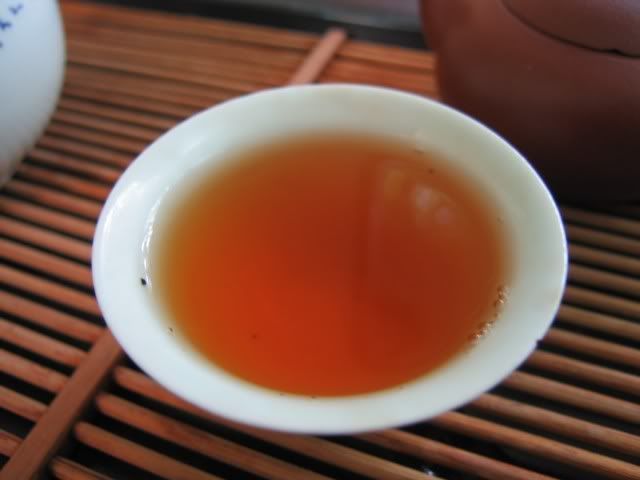

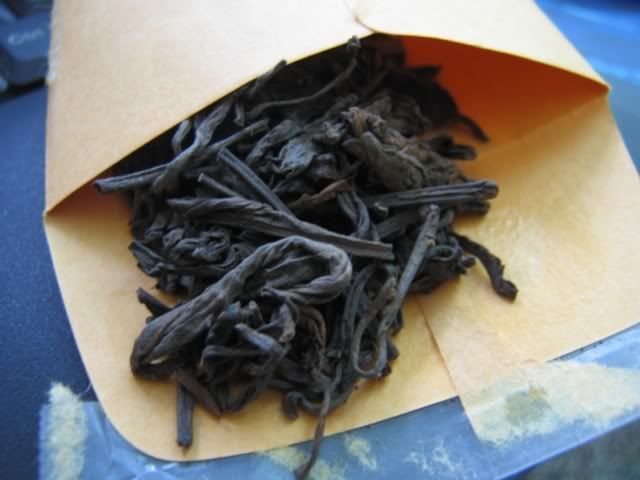
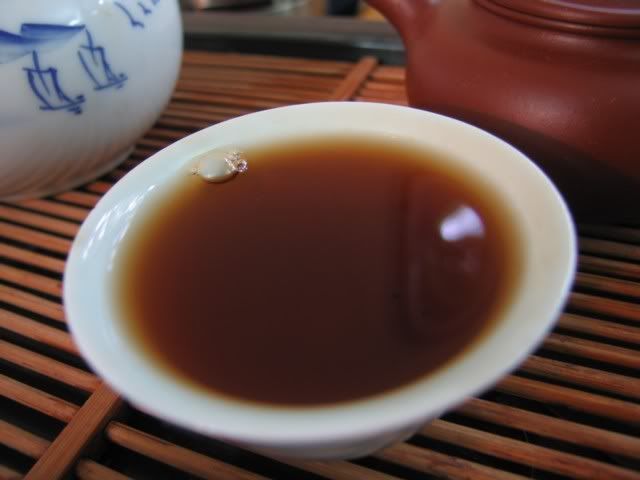
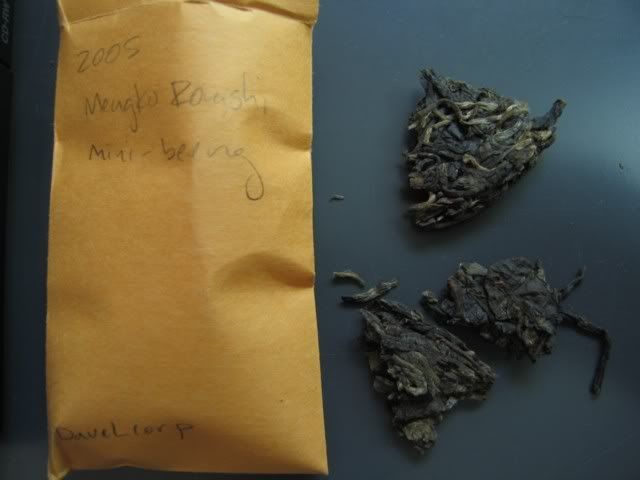
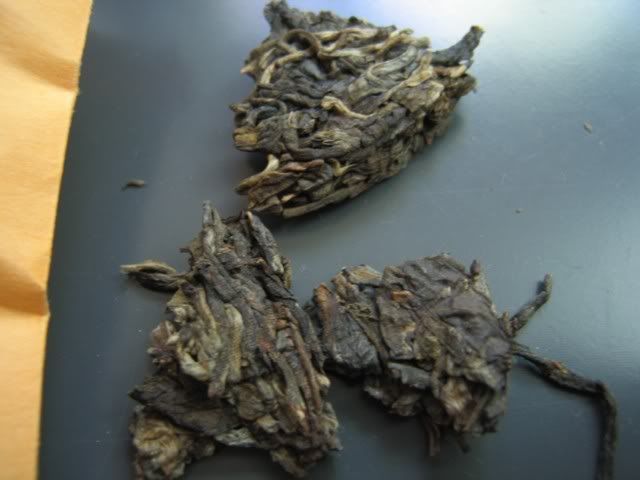
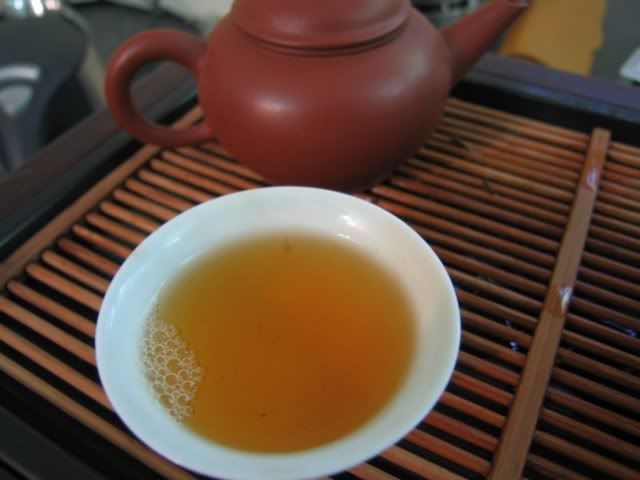
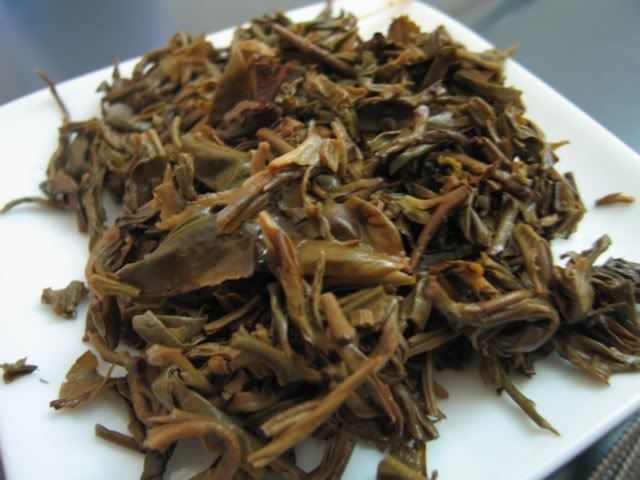
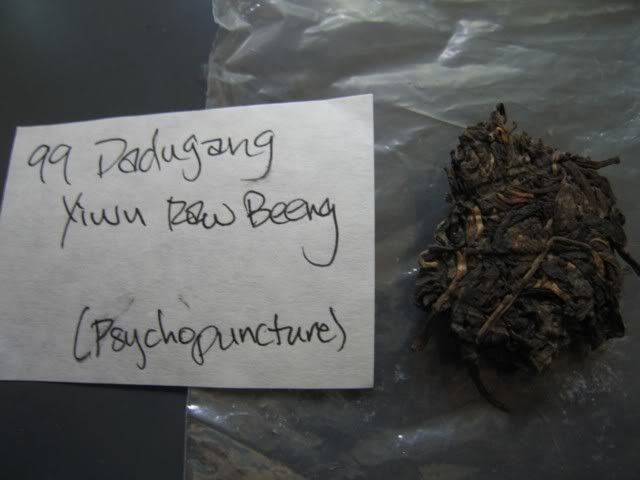
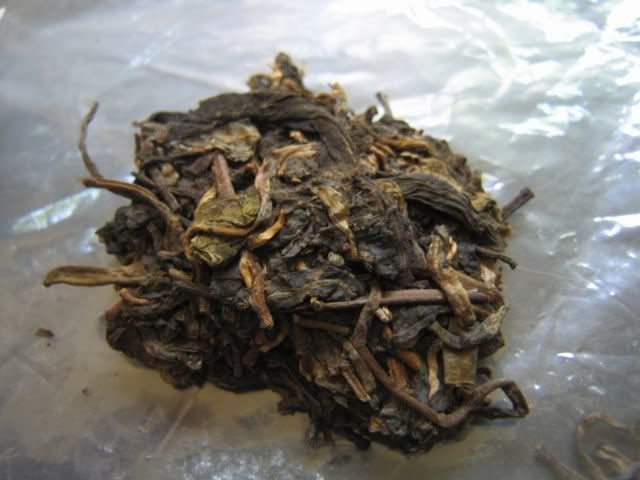
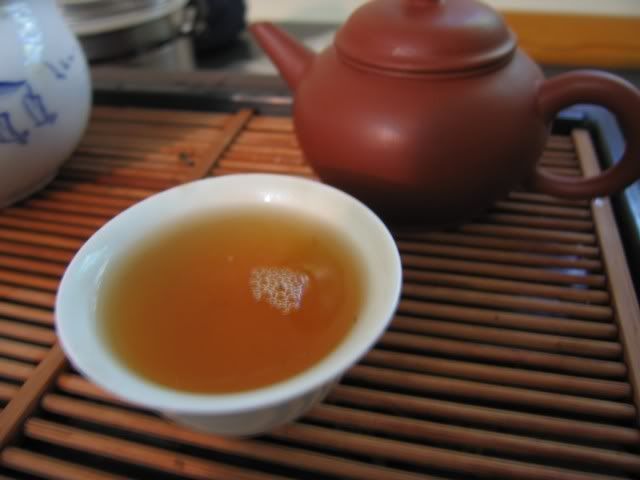
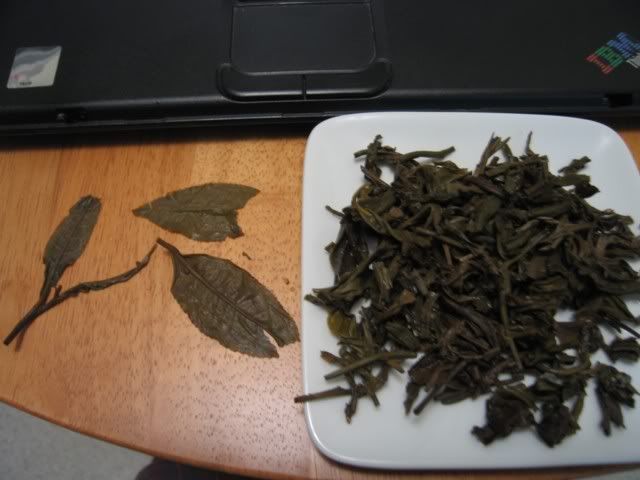
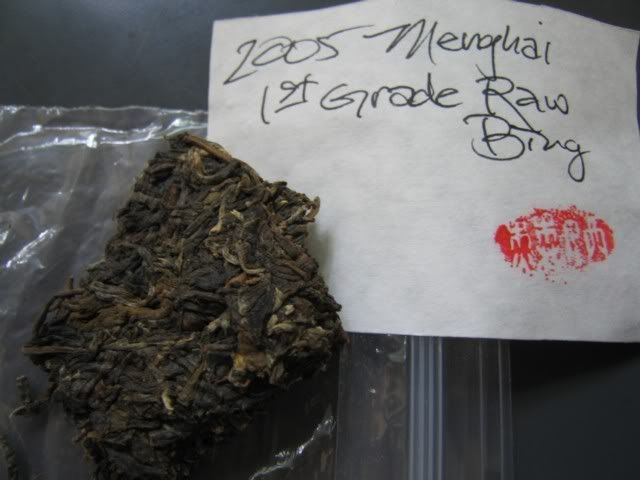
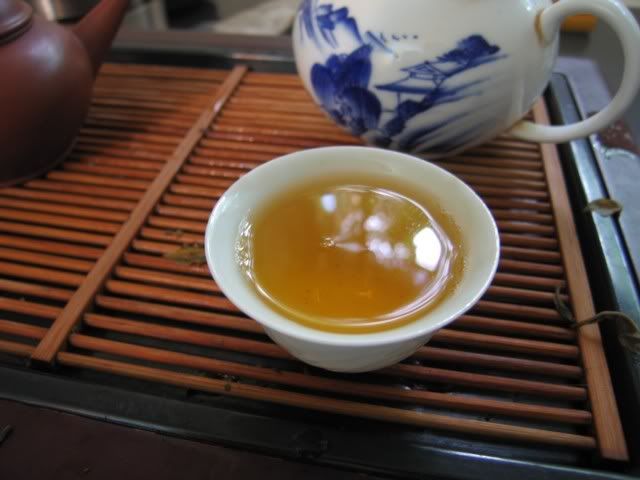
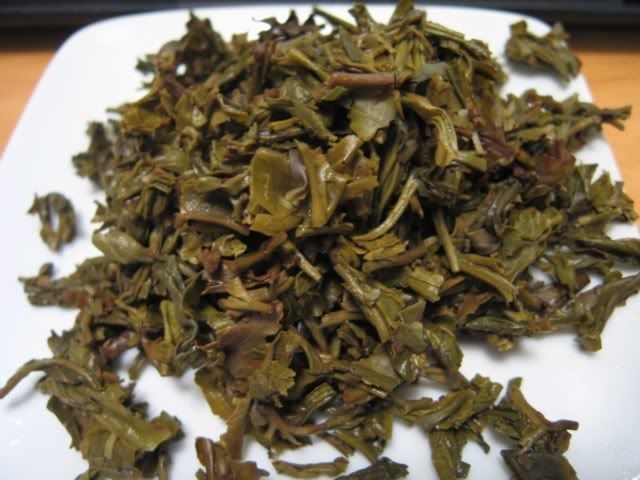
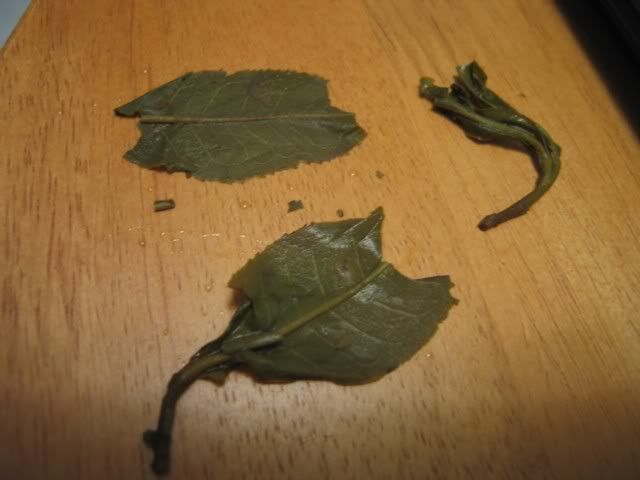
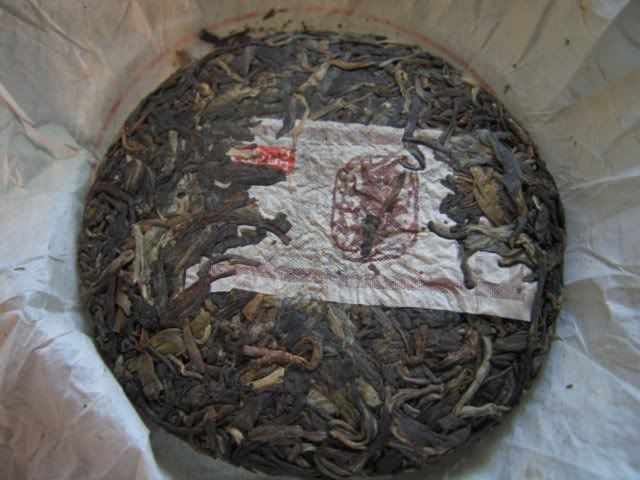
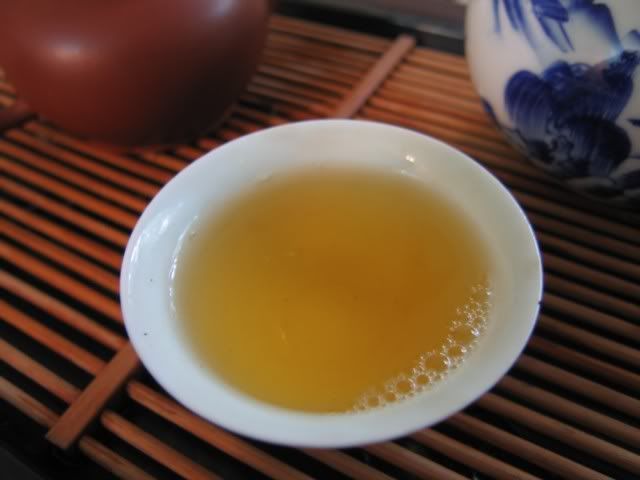
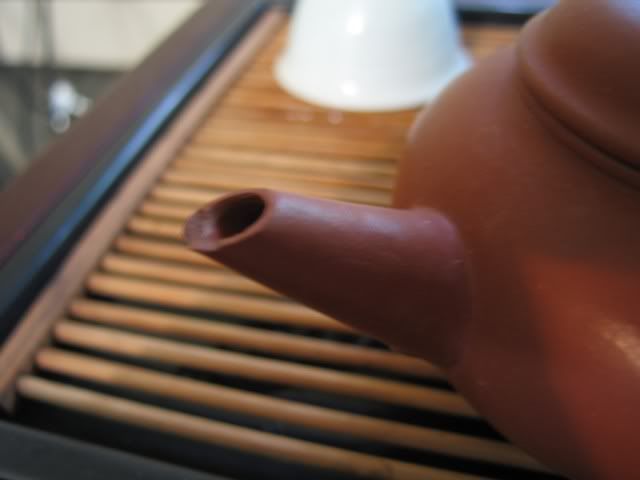
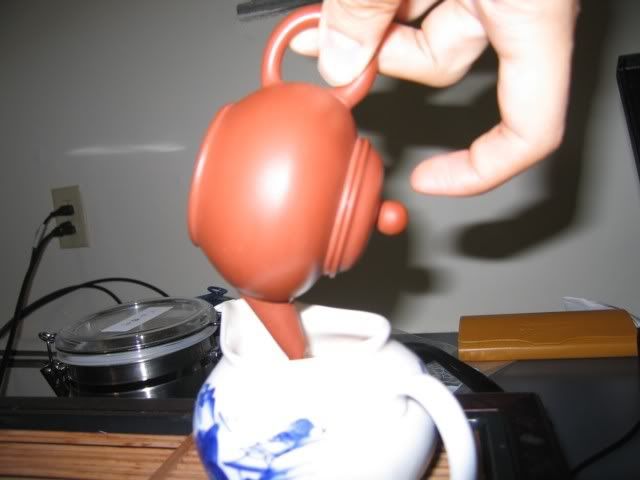
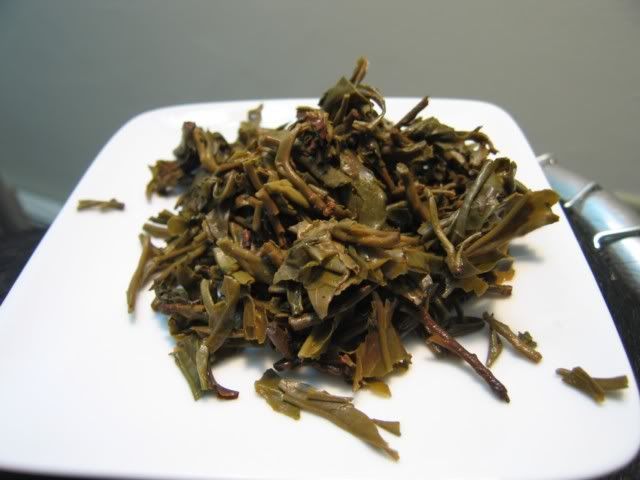
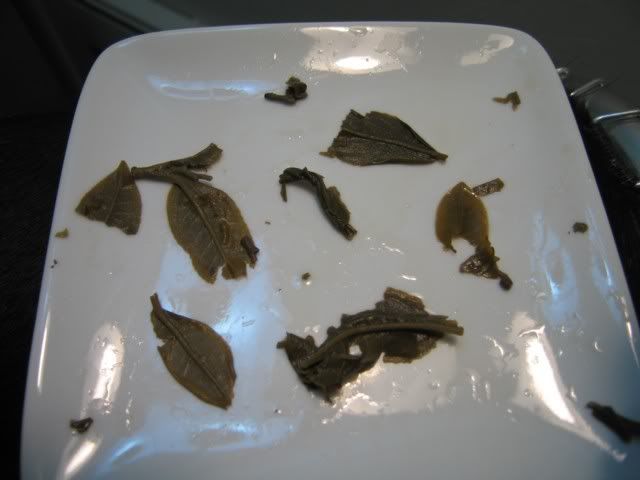
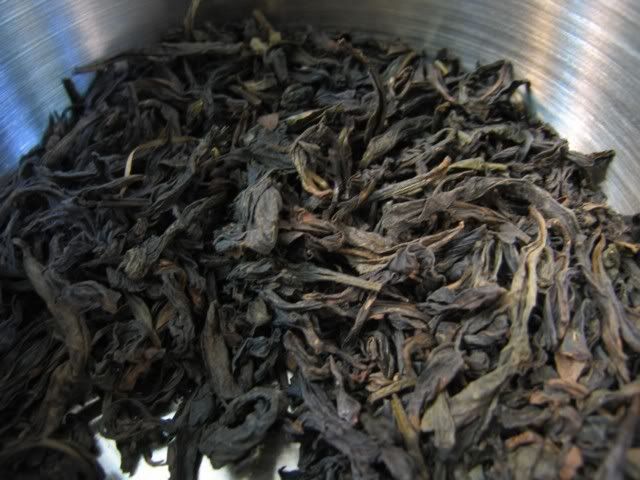
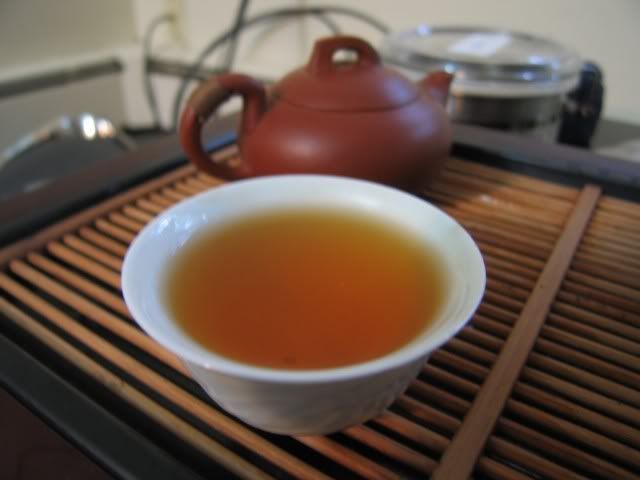
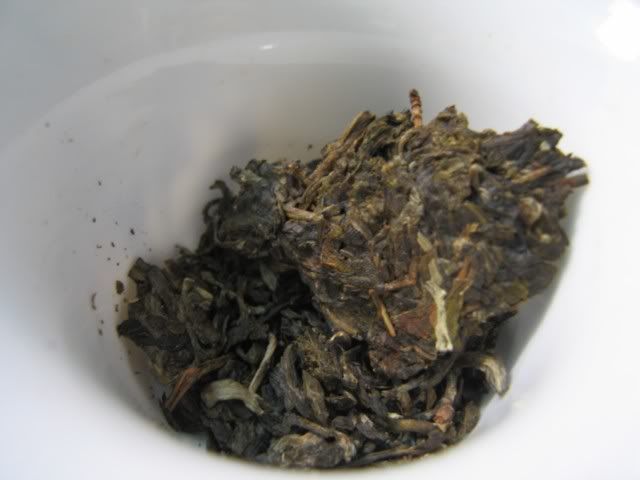
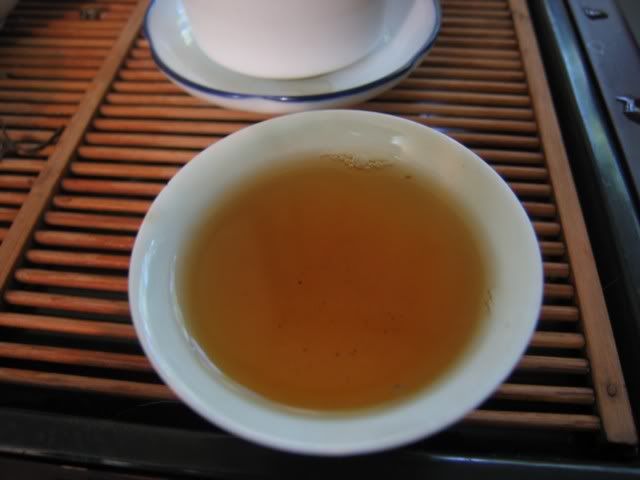
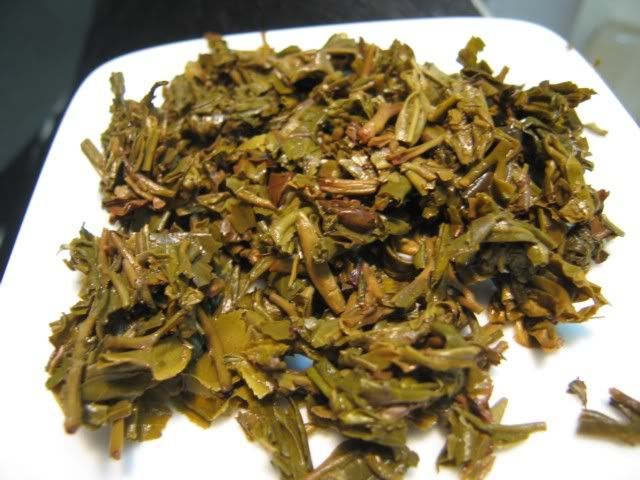
 RSS - Posts
RSS - Posts
Interesting.... would 250C in my oven work?